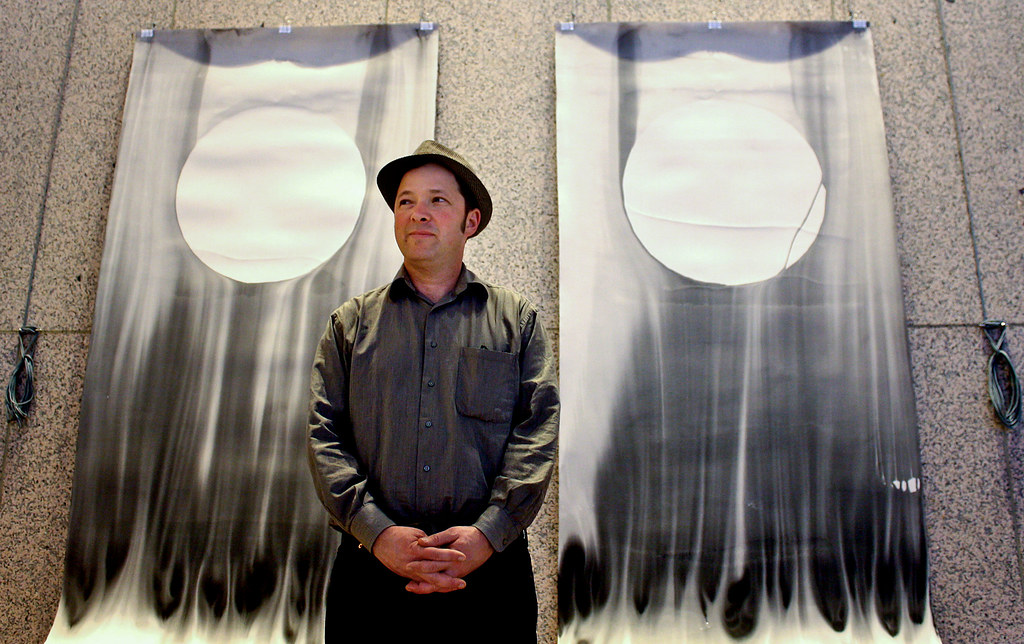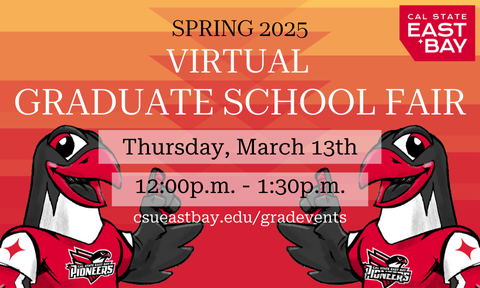
What may appear to be junk or random items can be the inspiration to a new art mechanism for artist Doron Fishman.
Fishman, 43, has made a career for himself combining his two passions in life: art and engineering. Though he graduated from SF State in 1995 with a bachelor of science degree in mechanical engineering, he always held a deep appreciation for art.
“I bought a rolling cart at a garage sale that I used to make my first painting device,” Fishman said. “To make this work, I used an IV bag dripping in front of a fan. The fan was placed on a cart and the whole contraption was moved back and forth. Ink dripped in a continuous stream filling up the paper with a dense mash of irregular drips. I love the art I do because I get to interact with the material found in everyday life and engineering strives for the understanding of these materials.”
For every art exhibition, Fishman builds specific mechanisms to create his featured art. His current exhibition called “Circles and Lines,” located in the lobby of 101 California Street, showcases his fusion of mechanical engineering and sumi ink art.
“In this project, I built a contraption that holds water in a trough,” Fishman said. “The trough is small specifically designed to fit in my studio. The paper attaches to a board and the whole piece itself spins in the trough making the circle. The paper is rolled up at the edges to fit in the trough. The diffusing properties of ink combined with the challenge of controlling a fluid medium with a hand-built apparatus lead to an unpredictability that interests me.”
Sarah Thibault, Fishman’s friend and former classmate from the California College of the Arts, recognizes in his recent exhibition how he transcends from being an ordinary artist to an art innovator.
“He approaches his studio practice like he’s running a science lab; he’s able to get these really specific results with the materials. His mechanization of drawing ink gestures on paper reminds me of instances in the history of science, when a discovery explains something that was previously thought to be supernatural,” Thibault said. “Rather than ruining the mystery of the universe for us, it adds to our appreciation of it and still leaves us with questions.”
Fishman utilizes the engineering lessons he received from Ahmad Ganji, mechanical engineering professor, and other faculty at SF State to build machinery specifically designed for each of his art projects. Ganji is not familiar with the art world, but acknowledges the natural art that that can occur when engineers work.
“Engineering and art both share imagination, conceptualization and realization,” Ganji said. “Many of our engineers design parts and equipment, which involves some art, without any training in art. Synergy of mechanical engineering and art can be very attractive in developing products.”
Fishman’s ability to create these specialty apparatuses that ultimately produce a calculated, yet seemingly random, art piece encouraged him to pursue a mechanical engineering art profession.
“Engineering and art are very similar because it’s about dealing with the material world and putting things to work for your making ability,” Fishman said. “It’s something I really believe in and I believe I’m making a difference. It’s one of those things that keeps me going.”







